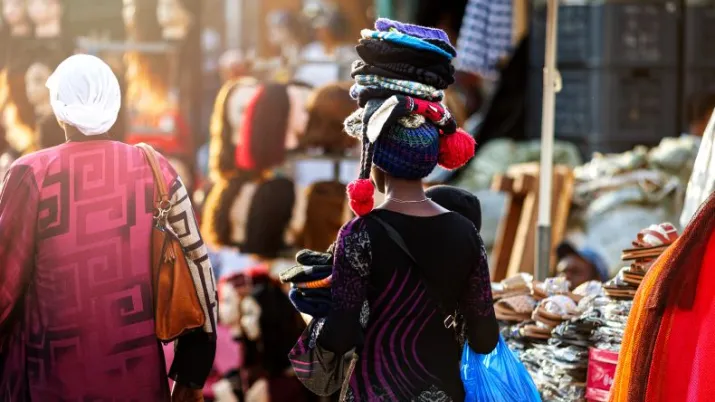Share the page
The SDGs are 10 years old: what progress has been made since 2015?
Published on

The ambition of the 17 Sustainable Development Goals (SDGs) and their 169 targets, adopted by the United Nations in 2015, is to provide responses to the main global challenges by 2030: poverty, inequality, climate, biodiversity, water, energy, peace, education, and more. Ten years after their launch, what progress has been made – and what obstacles remain?
Two-thirds of the timeline toward the 2030 deadline has now passed. That’s enough time to assess how much progress has been made globally, based on the 232 indicators developed by the United Nations Statistical Commission.
The latest UN report on the SDGs, published in July 2025 and covering 139 assessable targets, reveals the current state of progress: 35% of the targets show significant advancement, 47% show insufficient progress, and 18% have regressed since 2015. The report notes: “While the Sustainable Development Goals have improved millions of lives, the current pace of change is insufficient.”
Some areas have seen significant gains. Access to energy has improved markedly: 92% of the world’s population now has electricity, and renewable energy has overtaken coal as the primary energy source. Over the last decade, infant mortality has dropped by 16%, and 110 million children have been able to start school. Women now hold 27% of parliamentary seats globally, up from 22% in 2015.
Discover the UN SDG Report 2025
“The SDGs have led us, along with many other development banks, to better consider how we align our operations and manage the tensions between different goals,” explains Thomas Melonio, Chief Economist at Agence Française de Développement (AFD). “This has meant no longer directly financing fossil fuels, as the SDGs provide a framework that integrates both economic and environmental priorities.”
Alignment in the social and environmental spheres is also a key issue when financing protected areas. Project assessments have shown how critical it is to give greater attention to human and social factors – essential to long-term effectiveness.
And yet, five years from the 2030 deadline, some goals remain elusive. This is especially true for SDG 1, "No poverty," with over 80% of its targets showing either insufficient progress or regression. Today, some 800 million people still live in extreme poverty – about one in ten people worldwide.
“For 30 years, poverty had been in steady decline, but that reversed with the arrival of COVID-19. The pandemic, followed by tightening financial conditions in the least developed countries and Russia’s invasion of Ukraine, contributed to a resurgence in poverty and global inflation,” says Melonio. “In 2020, several goals shifted course.”
SDG 4, which targets quality education for all, remains off track: 272 million children and young people remained out of school in 2023. SDG 6, which aims to ensure access to water and sanitation, is also lagging, with 2.2 billion people lacking access as of 2024. Climate change continues to accelerate – 2024 was the warmest year on record, accompanied by a rise in natural disasters such as megafires, floods, storms, and droughts.
These challenges are prompting a reconsideration of the SDGs. “From the outset, the SDGs demonstrated their importance by being universal and aligned with global priorities. But the framework includes a high number of targets, some of which have proven difficult for countries to meet,” notes Melonio. “Eventually, these targets will need to be revised –especially in light of major international agreements adopted since 2015, such as the Paris Agreement on climate and the Kunming-Montréal Global Biodiversity Framework, which set new environmental goals.”
Certain national decisions have also made achieving the SDGs more complex – for example, the United States reducing solidarity-driven investments or temporarily withdrawing from the Paris Agreement. Political and cultural tensions have emerged around issues such as democracy and gender equality.
While these setbacks have not weakened global ambition on sustainable development – which continues to enjoy broad support – the UN warns that budget cuts to Official Development Assistance (ODA) in high-income countries may hinder SDG progress. In response, the organization is calling for action in six priority areas: food systems, energy access, digital transformation, education, jobs and social protection, and climate and biodiversity.
“Despite these challenges, I don’t see AFD stepping back from its commitments,” Melonio concludes. “Our objective remains to carry out aligned operations that advance critical SDGs, without undermining progress in other areas.” A third of the timeline remains until the 2030 deadline – five years still remain to work toward achieving the Sustainable Development Goals.
See also
AFD and the European Union: committed to promoting a just energy transition in Indonesia
Published on April 23, 2025



